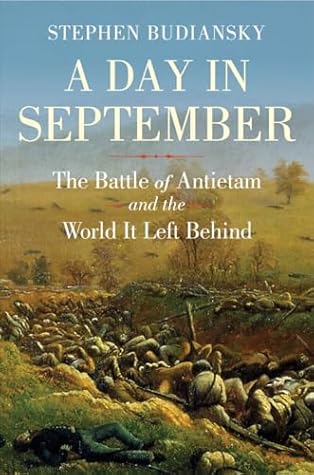More on this book
Kindle Notes & Highlights
Read between
December 29, 2024 - January 1, 2025
November 5, Lincoln directed Halleck to order Burnside to assume the command of the Army of the Potomac. Lincoln remarked to his advisor Francis P. Blair Sr. that he had “tried long enough to bore with an auger too dull to take hold.”
The first inclination was to forget. Fewer than 2 percent of Union soldiers initially joined the Grand Army of the Republic, the major Northern veterans’ group. Three years after the war’s end, a third of its posts were inactive; as of 1878 it had only 30,000 members. When Mary Livermore was approached at the close of the war to publish her experiences, she refused. People were still in the throes of bereavement and anguish,
The 1880s brought a stunning reversal as veterans approached middle age. Membership in the GAR jumped to 233,000 in 1884, 428,000 in 1890. When The Century magazine in 1884 launched a series of articles on “Battles and Leaders of the Civil War,” circulation doubled. It was the right “psychological moment,” Century’s editor Robert Underwood Johnson calculated, the war twenty years distant, many of its key participants still alive but passions cooled enough
Reconciliationist sentiment rose with the nostalgic gloss that settled over the war. A plan pressed by the strong contingent of ex-Confederates in Maryland’s postwar legislature for both Union and Confederate dead from the battlefield to be reburied in Antietam National Cemetery, created in 1867, was a bridge too early and too far, and the idea was abandoned in the face of angry protests by Union veterans over “making Antietam a burial place for traitors.” (The Confederate dead were ultimately relocated to a cemetery in Hagerstown, which had had a more Confederate-leaning populace.)
Antietam would be an enduring link in the transformation of war from an art to a science, and generalship from the realm of individual inspiration to rigorous study and procedure.
“Here was made history, here was rolled back the first Confederate invasion of the North; on this field was arrested the recognition of the Southern Confederacy and foreign intervention; on this field died human slavery.”


